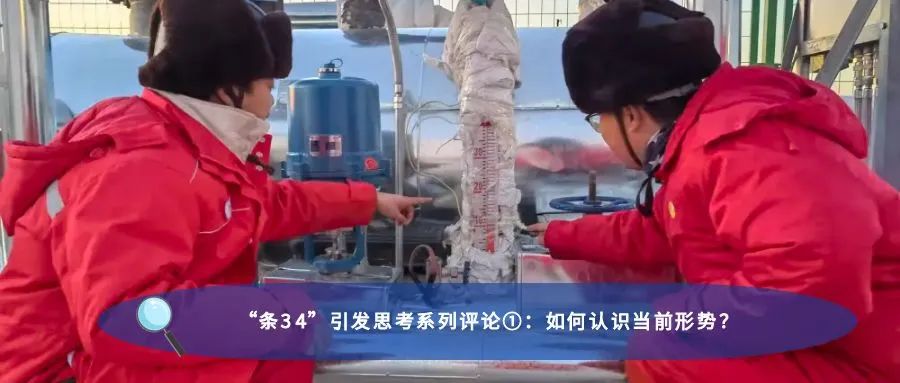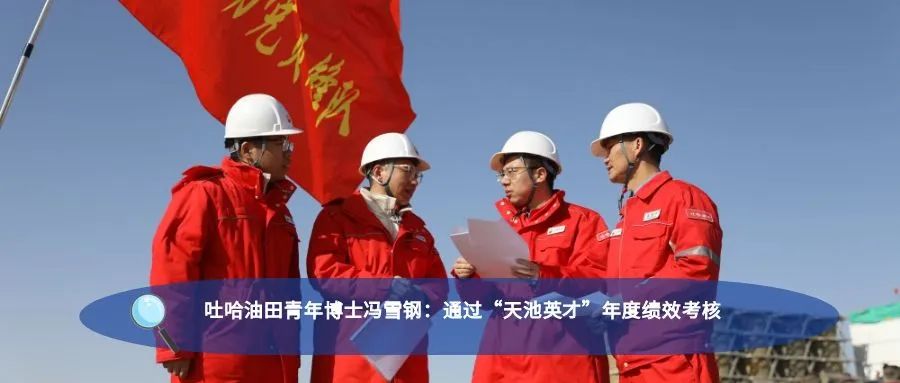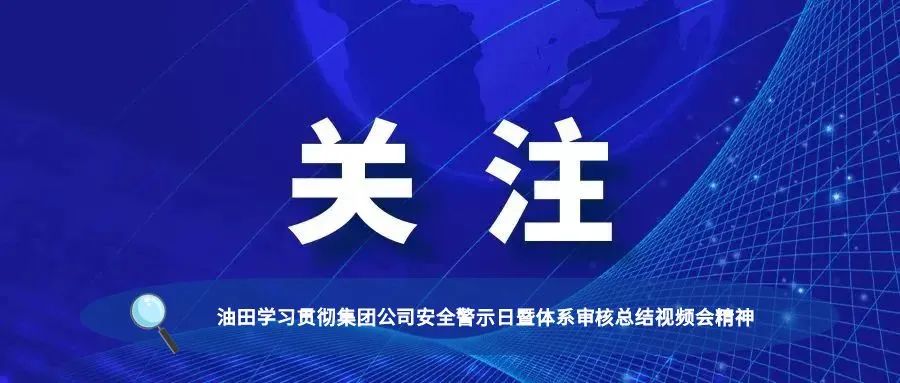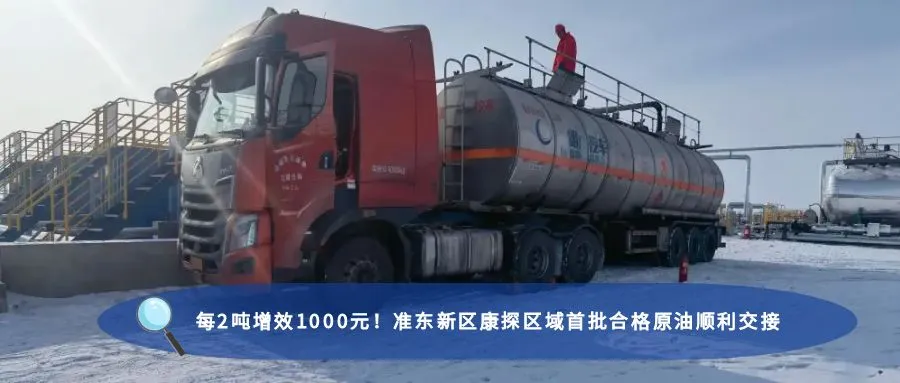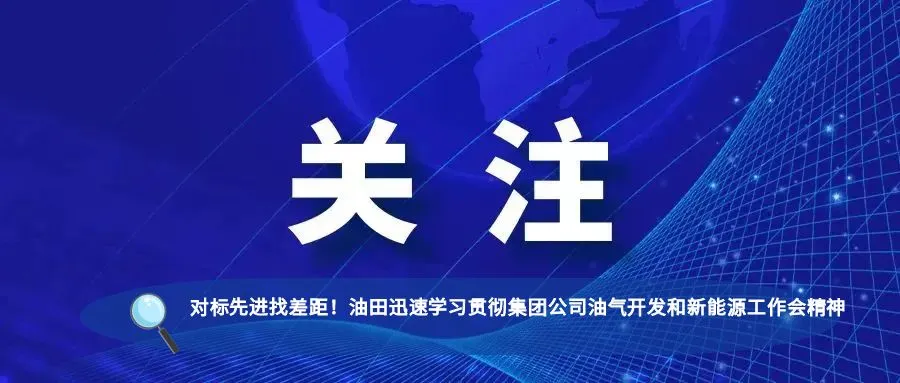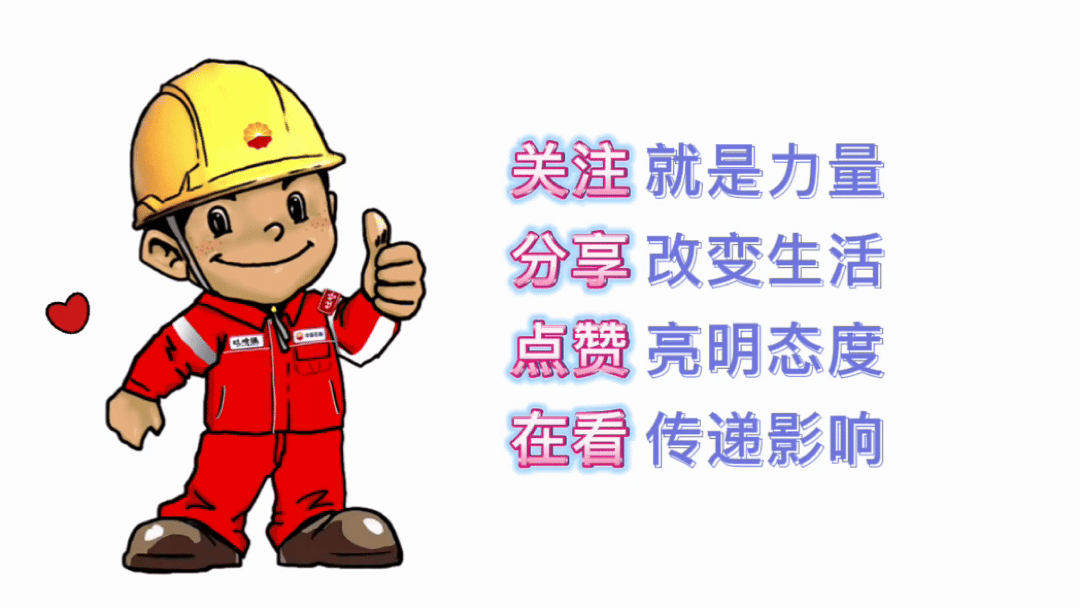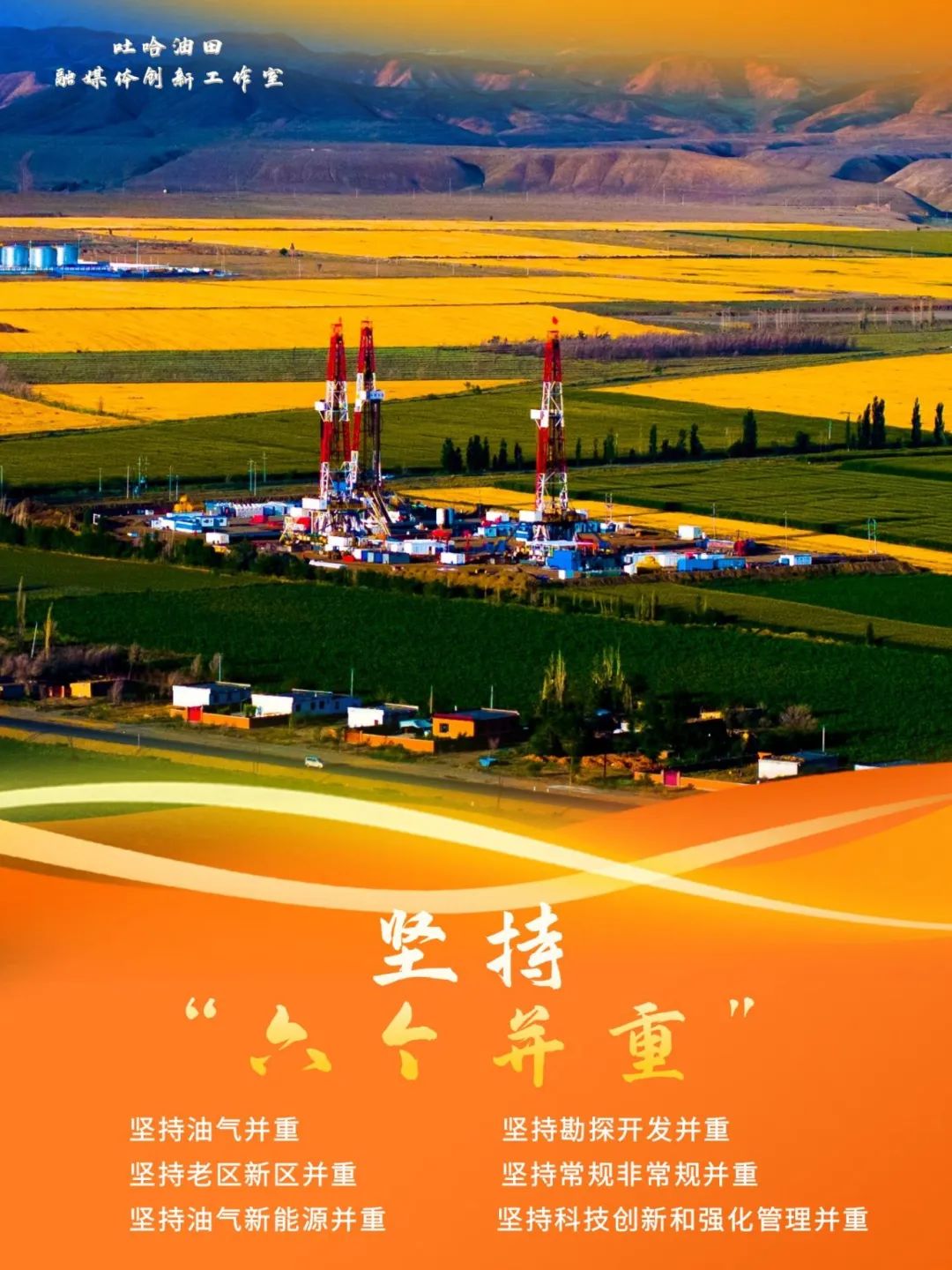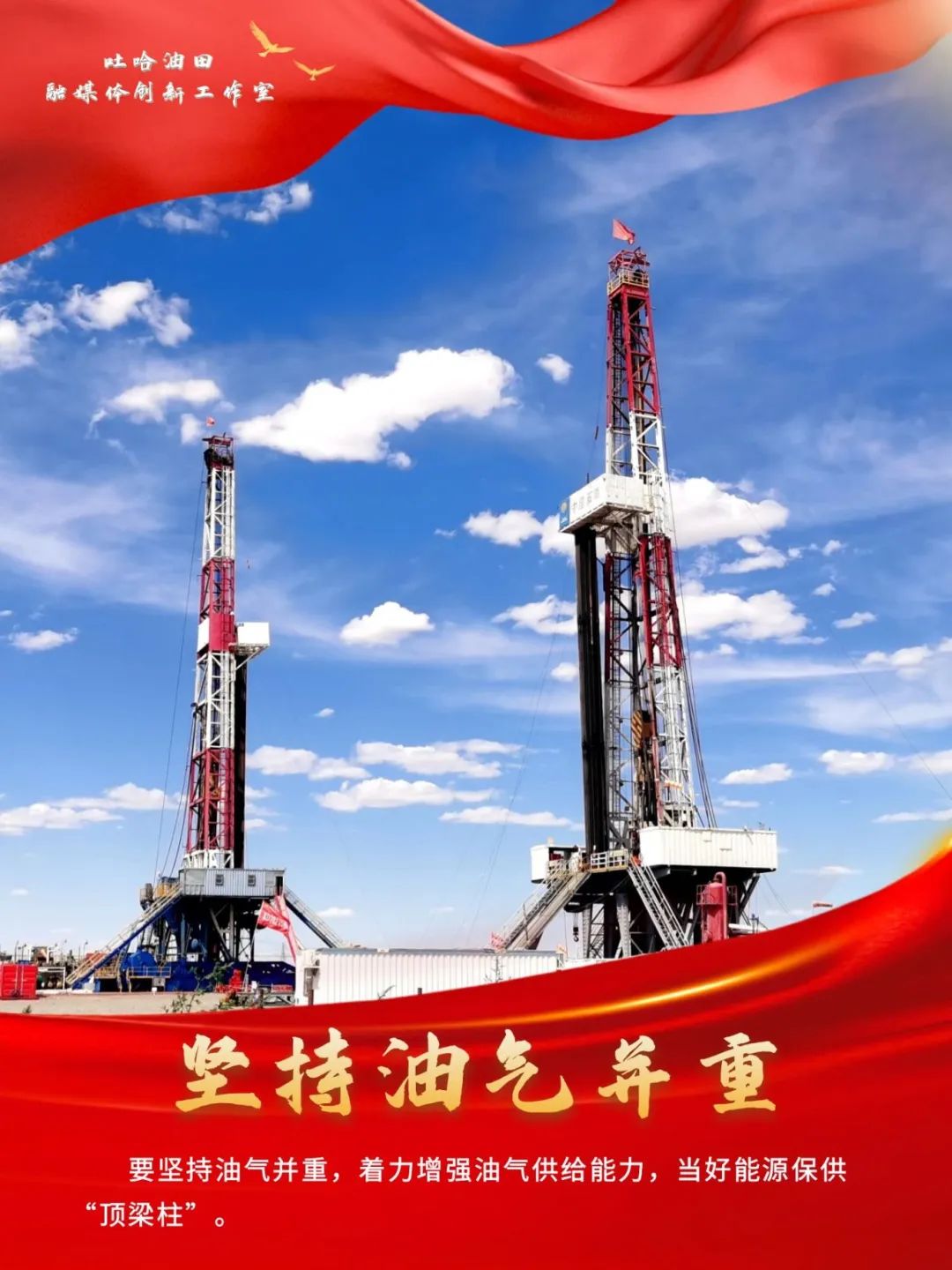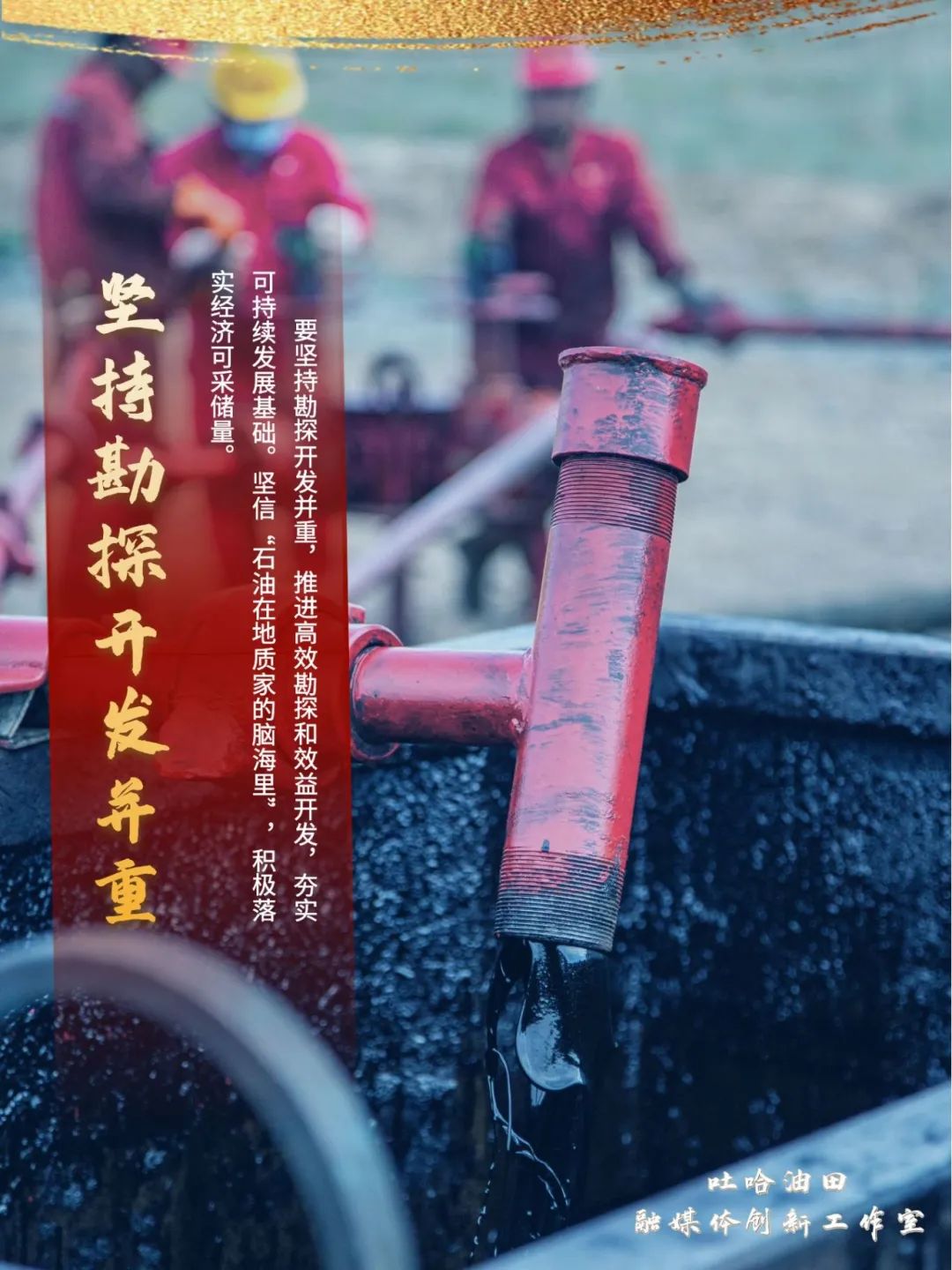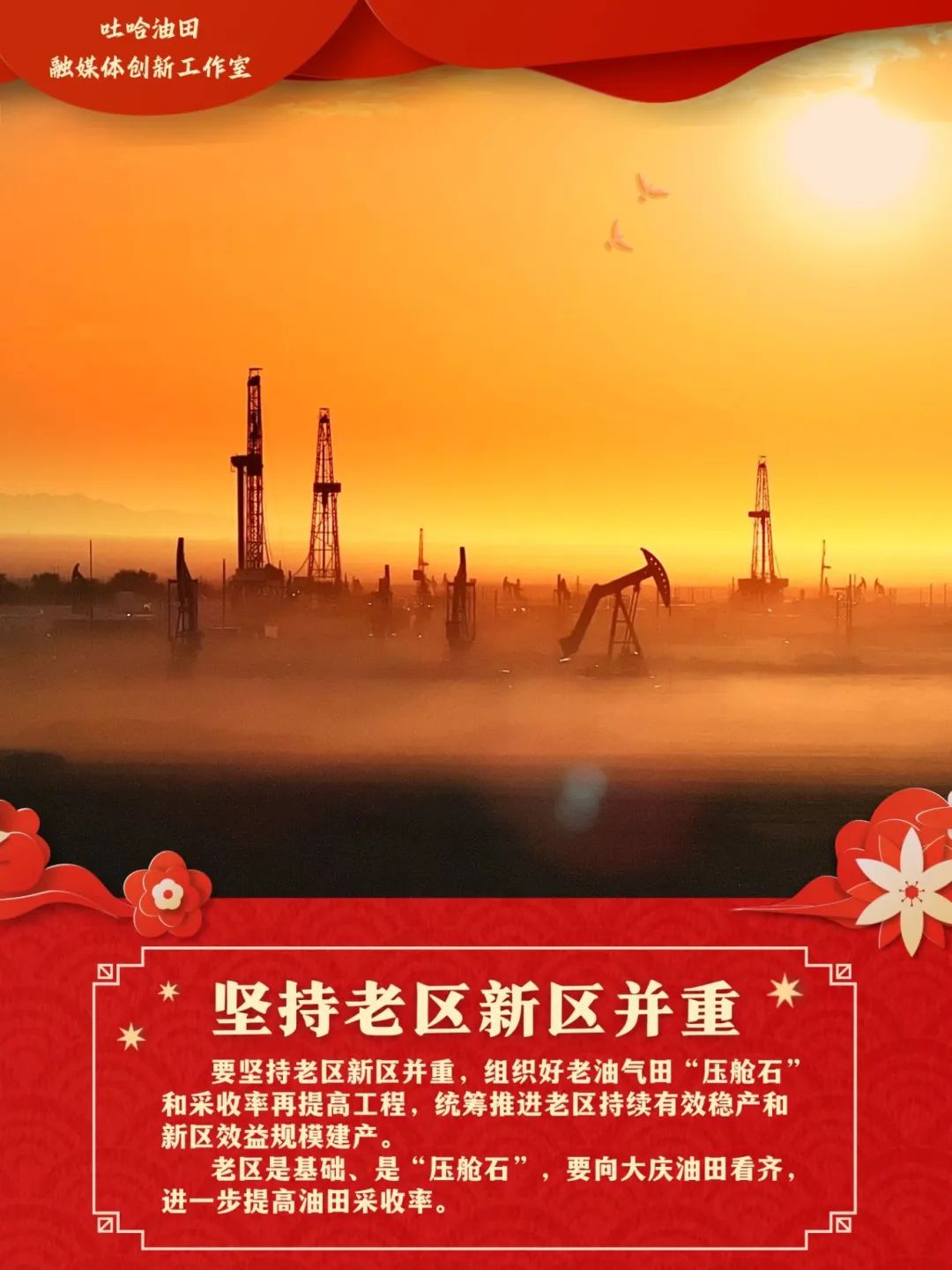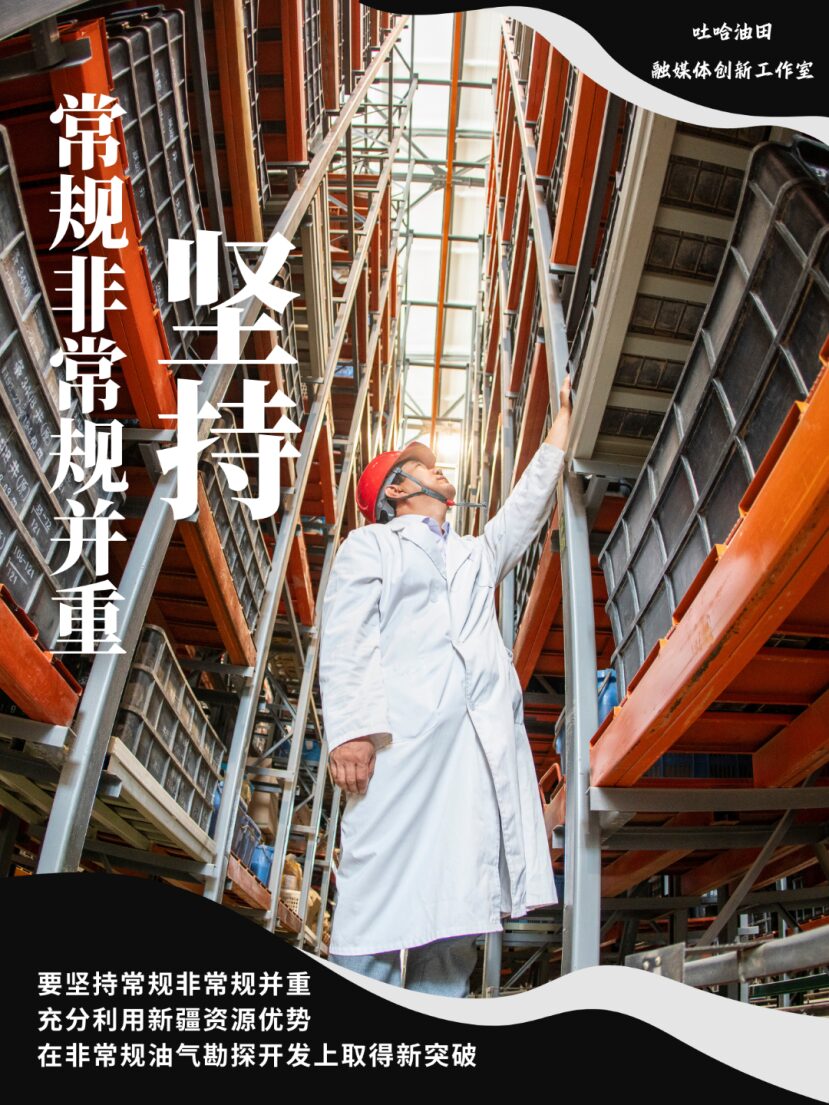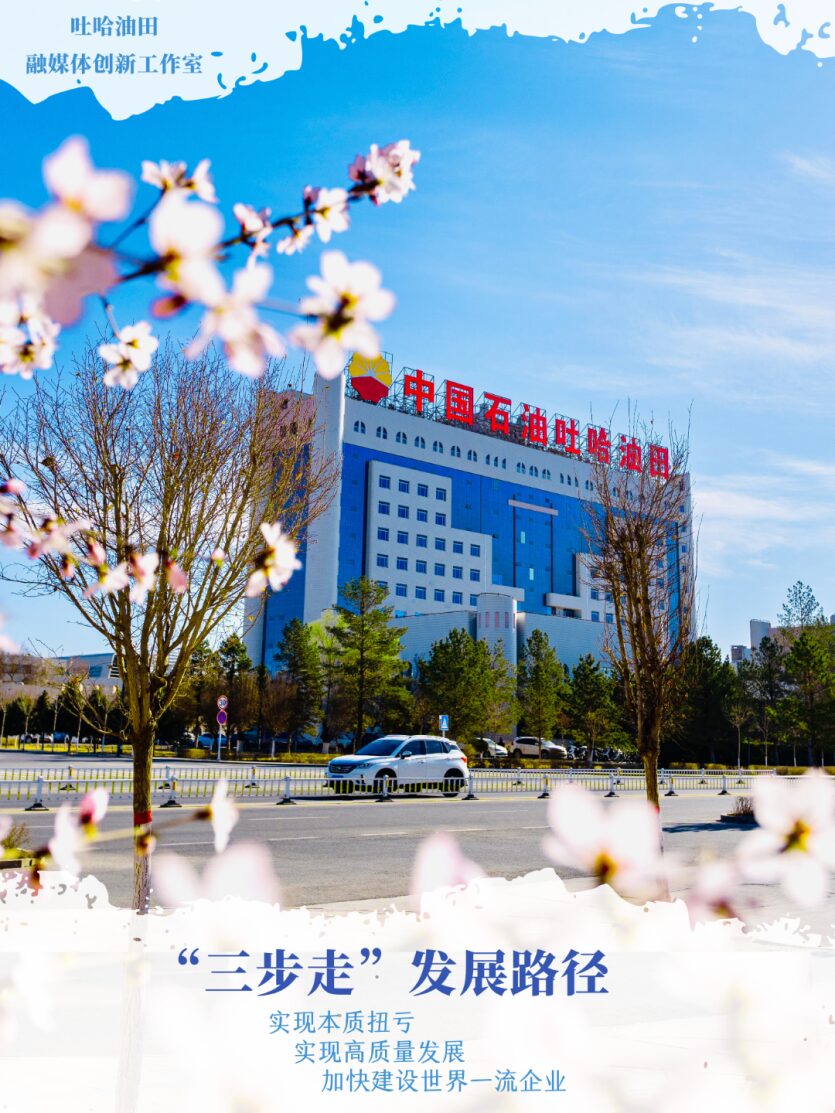


Following the report on “Article 34’s Associated Gas Recovery: ‘One Stone, Three Birds'”, it has sparked extensive discussion among the oil field’s cadres and employees. On one hand, it exposes the urgent need for a shift in the mindset of cadres and employees. On the other hand, it prompts deeper reflection among more cadres and employees, leading to in-depth benchmarking analysis and contemplation on what aspects of work are still lacking and what problems remain. What areas in management need improvement?
To further guide the vast number of cadres and employees to recognize the situation, liberate their minds, unite as one, and effectively fight the battle for survival and profit recovery, the oil field media has launched the special column “Finding ‘Article 34’ Nearby” to report on learning cases that open up cost structures and optimize efficiency, aiming to mobilize cadres and employees to identify weak management links in their positions against “Article 34”, block “bleeding points”, and activate “benefit springs”.
IoT in Oil Well Management: Big Data for Opening Wells
Intelligent oil extraction in Santanghu Oil Management Area increases efficiency by 500,000 yuan
In the face of the issues and difficulties posed by the traditional intermittent opening system, the Santanghu Oil Management Area relies on the achievements of the intelligent oil extraction platform built in the past two years, innovating work ideas, utilizing the current more refined big data intelligent technology, and adopting “intelligent intermittent opening of oil wells” measures to reasonably optimize the opening time of low-yield and low-efficiency oil wells.
As of December 23, the intelligent intermittent opening of oil wells in the Santanghu Oil Management Area has saved a total of 709,000 kWh of electricity, with savings in electricity costs exceeding 500,000 yuan. The demonstration effect of the intelligent oil extraction demonstration area is evident, with significant improvements in mechanical extraction efficiency and continuous reductions in mechanical extraction energy consumption.
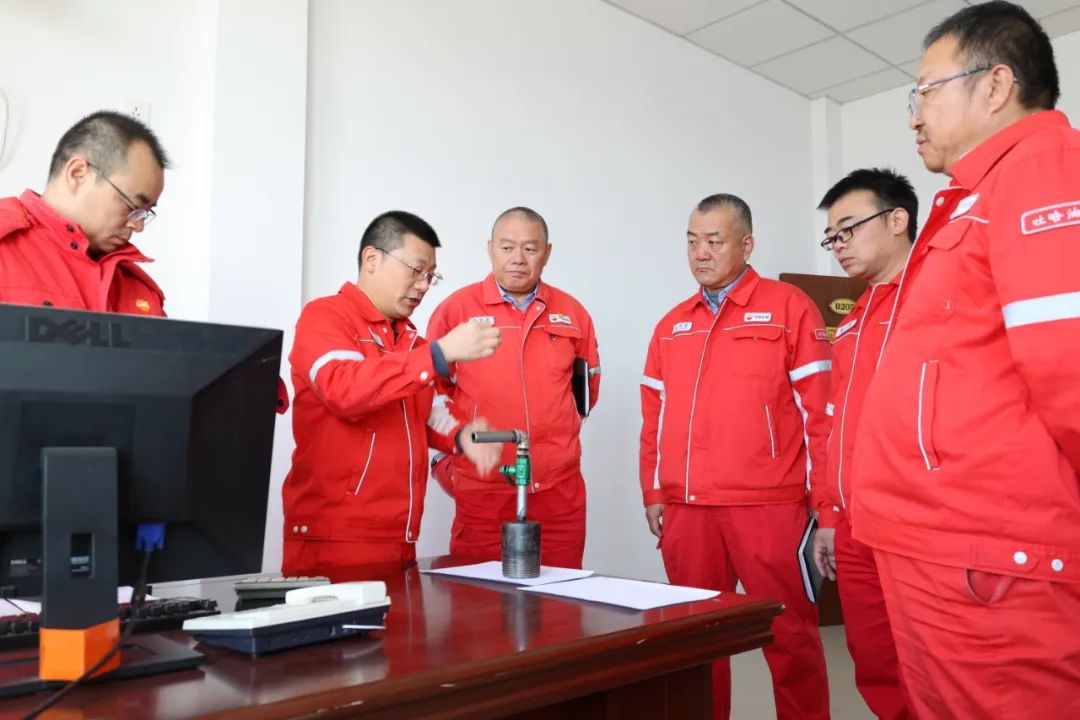
Cross-disciplinary and cross-departmental joint technical research in Santanghu Oil Management Area. Photo by Jia Bin
As the development years of the Santanghu Oilfield increase, the contradictions in oil reservoir development have become more pronounced, coupled with the original “three lows” oil reservoir development contradictions, resulting in nearly 60% of the total number of oil wells in the management area being low-yield and low-efficiency wells, severely impacting the oilfield’s efficiency and energy reduction efforts.
From the perspective of high-quality development, low-yield oil wells face high system energy consumption, low mechanical extraction efficiency, and poor economic benefits. Implementing intermittent openings for oil wells can ensure the full utilization of oil well capacity, save production operating costs, and reduce labor intensity for employees; thus, intermittent opening of oil wells has become the preferred solution for high-quality and high-efficiency development of low-yield oil wells.
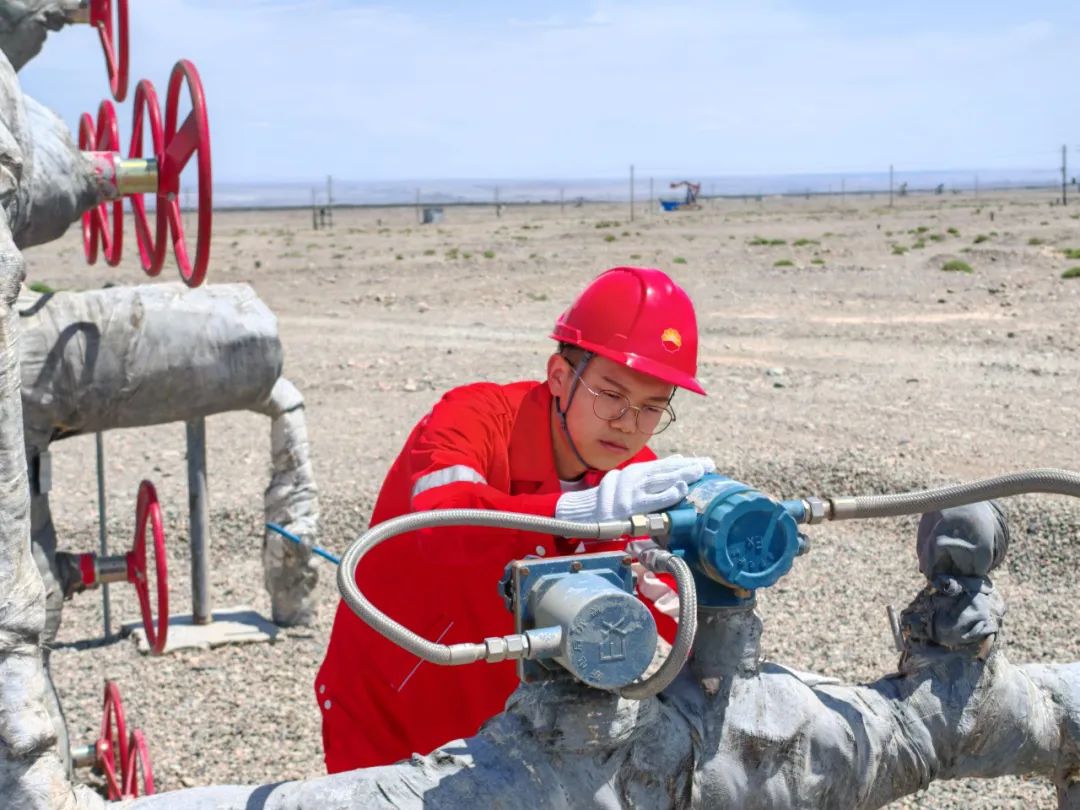
Drilling and extraction technicians implementing pumping machine conditions on-site. Photo by Zhang Xiaolin
During the initial implementation of the intermittent opening system, relying solely on manual setting of opening times and frequencies led to unreasonable systems, with significant improvements in mechanical extraction efficiency and energy consumption not being evident. At the same time, the oilfield’s IoT support could not keep up with the demands of intermittent openings, leading to more reliance on manual start-stop operations by oil extraction workers, resulting in high labor intensity and untimely execution, which restricted the implementation of the oil well intermittent opening system.
01Change Mindset, Break Mental Barriers
02Collaborative Efforts, Fine-Tune Technical Support
Changing one’s mindset is something that is easy to write on paper and say verbally, but very difficult to put into practice. Changing a long-standing fixed mindset is a challenging and painful decision. Just as a single thread cannot form a line and a single tree cannot form a forest, improving quality and efficiency can only be achieved by changing mindsets and gathering wisdom to create a “brainstorming” effect, working together to remove obstacles on the road to crude oil production and create greater value for the management area.
In response to the issues and difficulties of the traditional intermittent opening system, the Santanghu Oil Management Area relies on the achievements of the intelligent oil extraction platform built in the past two years, innovating work ideas, and focusing problem-solving ideas on the “intelligent intermittent opening of oil wells” as a tool for improving quality and efficiency.
03Empower with Technology, Optimize Intermittent Opening System
Technical personnel conduct surveys and research, referencing domestic and foreign intelligent oil extraction models, analyzing oil well production patterns, and deepening theoretical research on intermittent openings, upgrading IoT support, and promoting the implementation of a cloud platform for intermittent opening control. Based on the five major functions of the intelligent intermittent opening system—calculation, dynamic optimization, start-stop scheduling, status monitoring, and performance evaluation—intensive daily supervision, weekly checks, and monthly reports are implemented to ensure high-quality intermittent openings for 75 low-yield and low-efficiency oil wells.
As of the end of December, the intelligent intermittent oil wells have achieved optimal production capacity, with an average pumping efficiency increase of 12.2% and an average system efficiency increase of 4.4%, saving 30.7 kWh of electricity per well per day.
For example, in the case of the intermittent opening of well 15-16, the initial intermittent opening system operated for 1 day and stopped for 2 days. Through the intelligent recommendation of the “intelligent oil extraction platform”, multiple on-site liquid level adjustments, power diagrams, and electrical parameter algorithm optimizations, it was determined that the best intermittent opening plan for this well was to operate for 48 minutes and stop for 192 minutes. After multiple cycles of small period intermittent openings, this oil well not only maintained stable production but also saved nearly 32 kWh of electrical resources per day.
“Previously, manual start-stop operations for oil well openings involved journeys of over 10 kilometers. Since the intelligentization of oil well intermittent openings, the convenience of one-button start-stop and remote control has greatly reduced our labor intensity,” said Yang Jiebin, an inspection employee at the Niudong Oil Extraction Center.
Recently, the successful recovery and utilization of associated gas from Article 34 has triggered a strong response among the cadres and employees of the Santanghu Oil Management Area. The management area organized all cadres and employees for a major discussion, adhering to efficiency orientation, cost orientation, and problem orientation, examining current development bottlenecks through “breaking mental barriers” and “changing mindsets”.
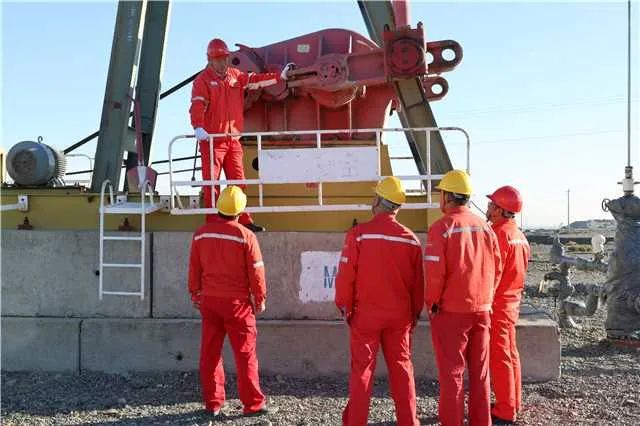
Technicians collecting data at the experimental site. Photo by Jia Bin
In the past, management was relatively loose, spending money without accounting and focusing solely on output without considering efficiency. The outdated mindset of “waiting, relying, and demanding” has gradually transformed, with the ideas of “profit first” and “efficiency above all” becoming deeply rooted in people’s minds. Now, the most discussed topics are the things that do not account for economic and efficiency metrics in daily production operations. Are they reasonable? Are they effective? Can measures be taken to optimize costs better?
In the implementation of intelligent oil extraction technology, technical personnel, guided by improving quality and efficiency, have broken free from rigid thinking, faced issues head-on, and changed technical approaches to enhance the efficiency of low-yield and low-efficiency wells.
Moving forward, the management area will use the case of associated gas recovery at Article 34 as a model, continuing to carry out a series of discussions on cost reduction and efficiency improvement, discarding the erroneous thoughts of “waiting, relying, demanding, and guarding”, aligning thoughts and actions with the decisions and deployments of the oil field company’s party committee, and resolutely implementing low-cost development strategies and actions for significant cost reductions by refining budget breakdowns, optimizing cost structures, conducting detailed warning analyses, strengthening process controls, carefully reviewing external settlements, and enhancing operational efficiency, thereby uncovering more “Article 34” around us, achieving tangible and significant cost reductions.
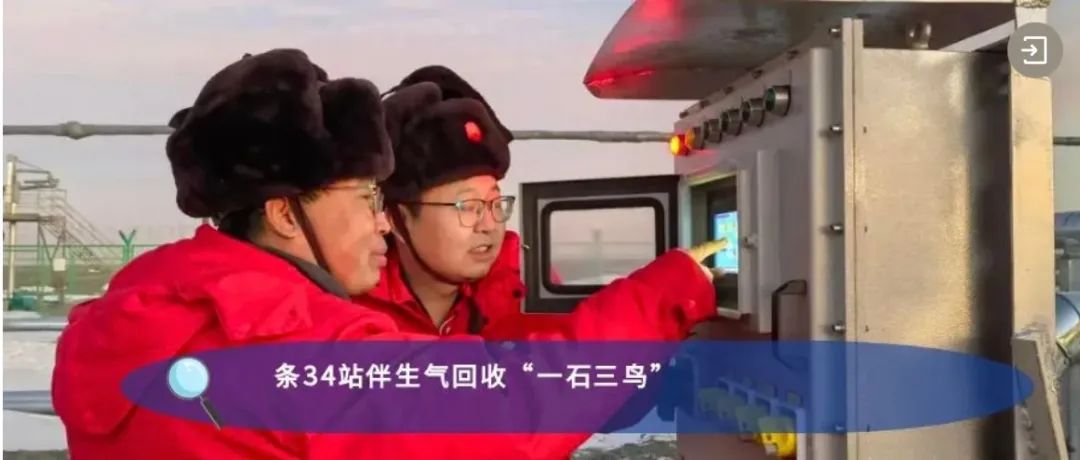
(Reading Reminder:Recently, a certain foreign brand’s mobile phone system has added a feature that automatically adds subtitles based on video dubbing, which may lead to misunderstandings due to homophones and different meanings,it is recommended to turn off “Settings – Accessibility – Subtitles and Closed Captions” to avoid affecting the reading experience.)

Source/Santanghu Oil Management Area Text/Zhang Xiaolin Jia Bin Editor/Wang Xiaohua Proofreader/Wang Lin
Swipe to view the next image
(Click on the image to access the full text)
